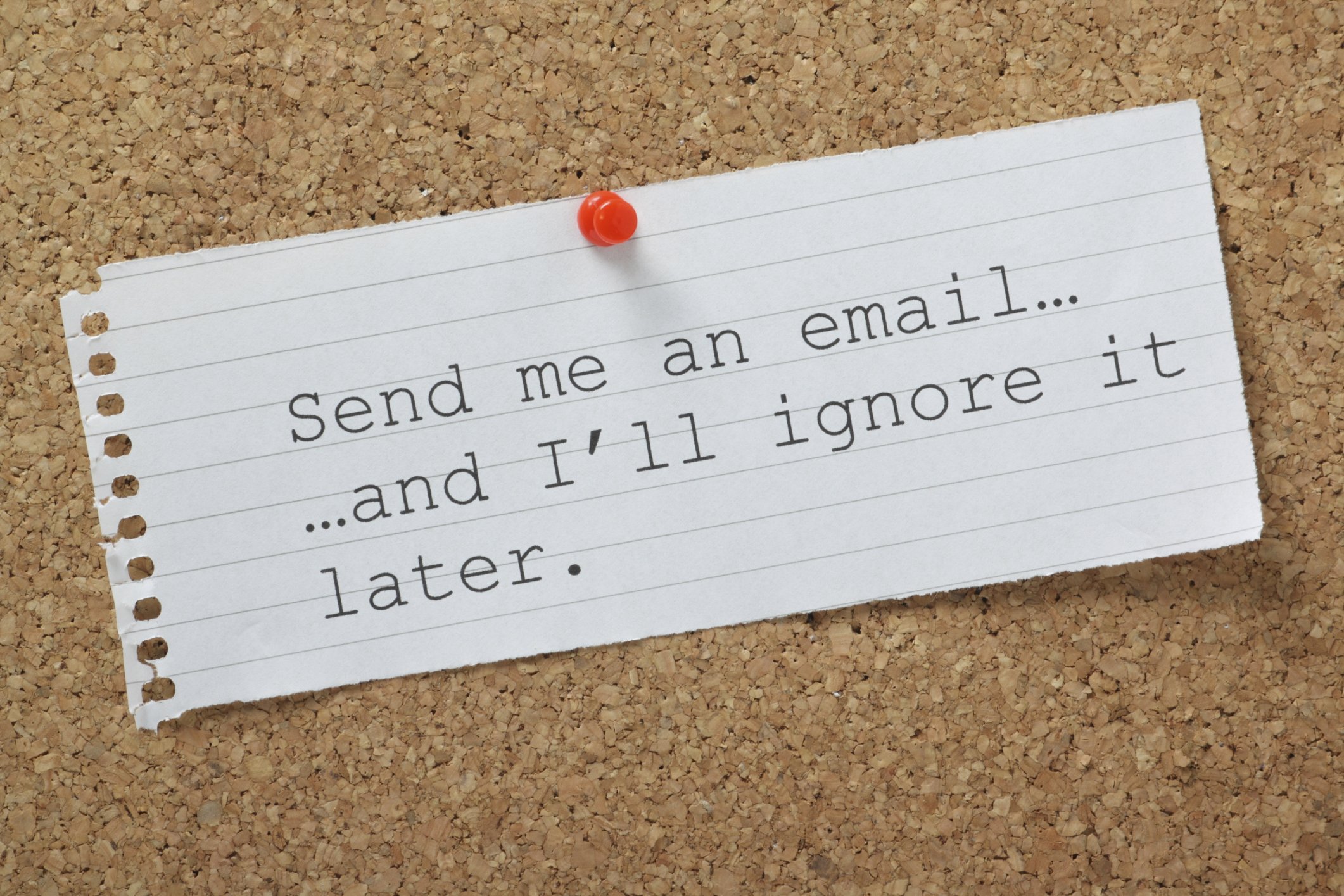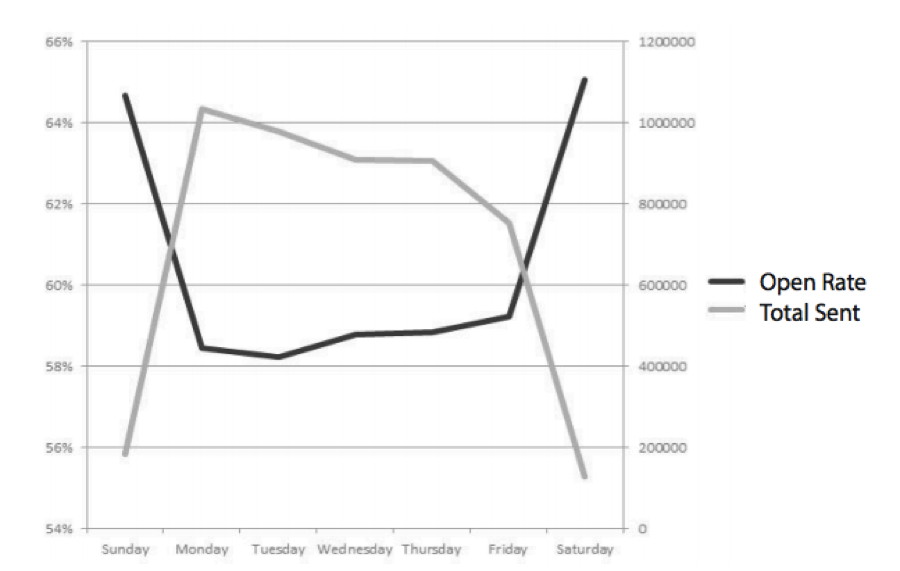 This post originally appeared on the Sales section of Inbound Hub. To read more content like this, subscribe to Sales.
This post originally appeared on the Sales section of Inbound Hub. To read more content like this, subscribe to Sales.
Google “business email mistakes” and you’ll find endless articles and resources. But they all say the same thing:
- Include a first name in the email.
- Avoid using business jargon.
- Don’t forget to include a greeting.
- Don’t say “to whom it may concern.”
- Make sure you change the subject line.
- Spellcheck your work.
- Avoid emoticons.
And the list goes on. But all of these suggestions are common sense. If you’re a business professional today, what are the not-so-obvious mistakes that are preventing your emails from generating a response?
That’s what our latest guide is all about: uncovering nine real reasons why people ignore your emails. Let’s dive in.
Why People Are Ignoring Your Emails
1) Your subject line focuses on the wrong goal.
It’s no secret that an effective subject line is needed to ultimately get an email opened. But when writing these subject lines, think about your true end goal.
The goal of any email you send should simply be about getting a response. It shouldn’t be about closing a deal, finalizing a partnership, or hiring a candidate. Until you can get a response on your email — until you can truly connect with your recipient — you’re nowhere closer to your goal.
Here are some sample subject lines we’ve seen work well:
- [First Name], quick question for you.
- [Mutual connection] recommended I get in touch.
- Ideas for [thing that’s important to them].
- Question about [recent trigger event].
- Question about [a goal they have].
- Thoughts about [title of their blog post].
- Have you considered [thought / recommendation]?
2) You’re sending your emails at the wrong time.
Most business emails are sent during business hours. But recent data from the 2014 Email Open Rates Report shows something slightly surprising.
The gray line in the above chart shows the number of emails sent each day of the week. This line illustrates that most emails were sent on Monday, with over 1,000,000 sent that day. The least amount of emails were sent on Saturday and Sunday, of course, with under 200,000 sent on each of those days. But the worst days for open rates are Monday and Tuesday. However, the open rate gradually increases over the course of the week and then spikes on Saturday and Sunday.
Now, we’re not saying that you should send all your emails on the weekend. But there should be some balance. If you’re looking to really capture the attention of someone important that isn’t getting back to you, try a Sunday night email.
3) You’re using a generic sender address.
While many one-to-one emails come from an individual account, you may be using an email service provider to send emails to a larger database. For example, you may be contacting many individuals about a new offer, or perhaps you need to send a new feature update. Whatever the case, the name you include in the “From” field of your email can have a huge impact on your overall open rates. There’s been a number of studies that show sending emails from an actual person increases both the open and clickthrough rates.

As you can see in the graph above, the control generated a 0.73% clickthrough rate (CTR), and the treatment generated a 0.96% CTR. With a confidence of 99.9%, there was a clear winner. And it makes sense — recipients feel a more personal connection to your email when they receive it from you than they do from Company X — or worse, some version of “donotreply.com.”
Enjoy this post? To read more content like it, subscribe to Sales.
![]()








